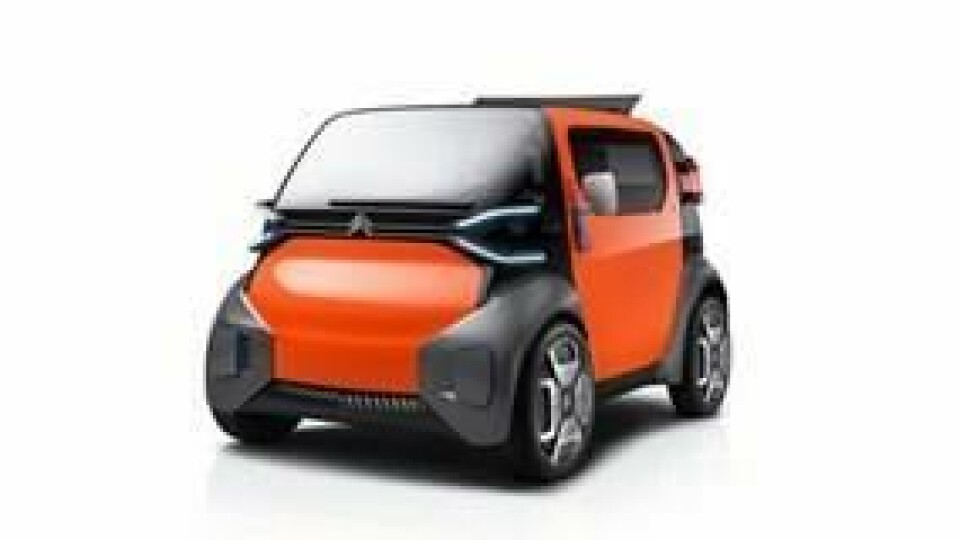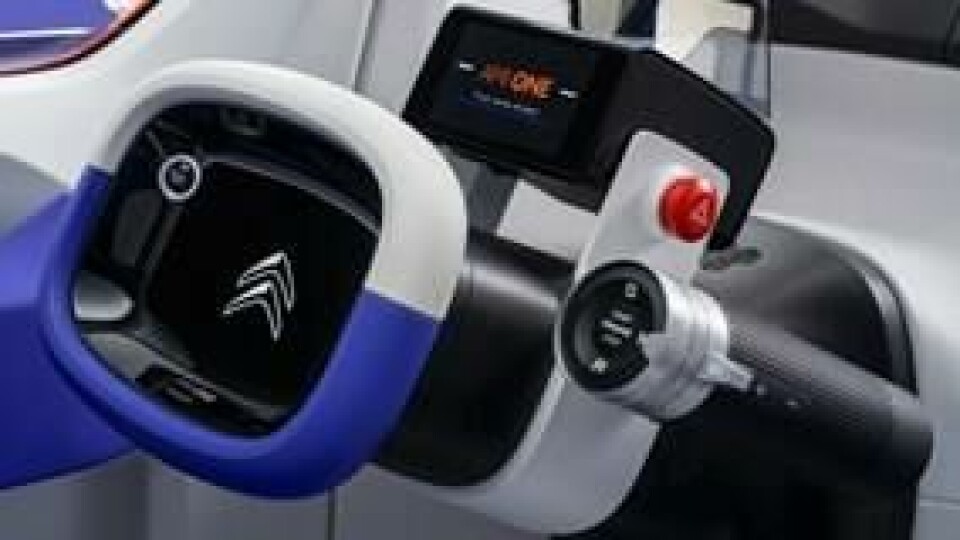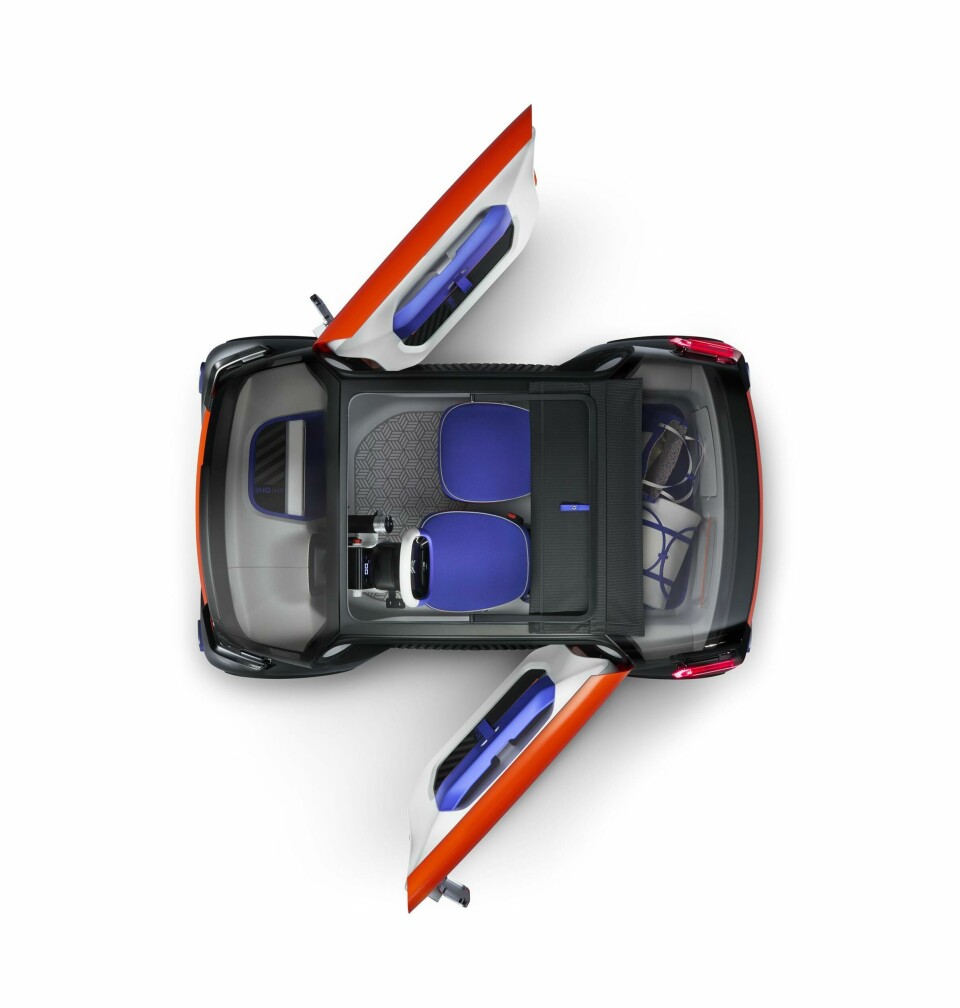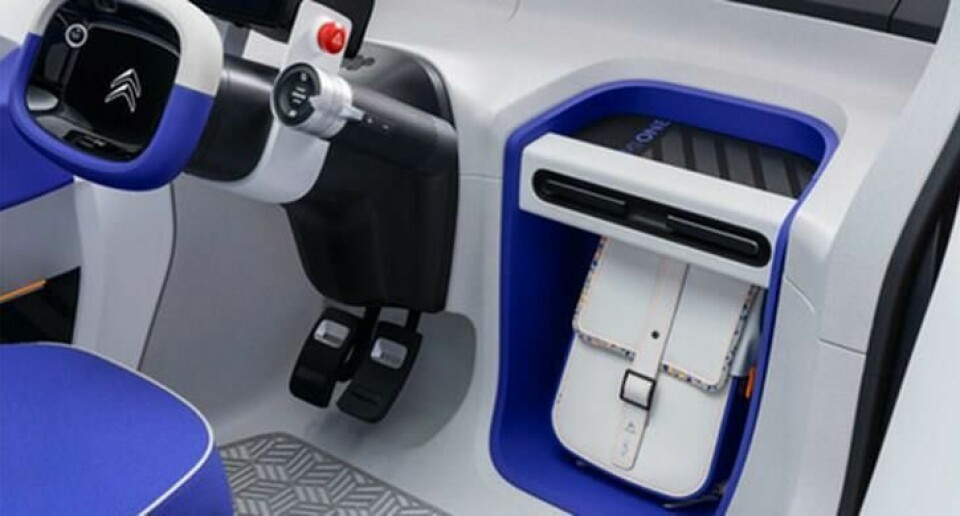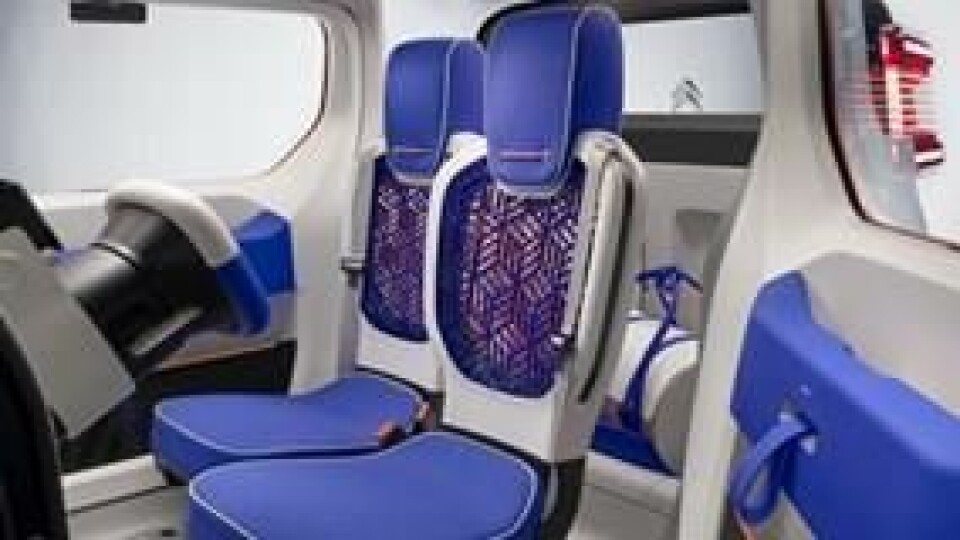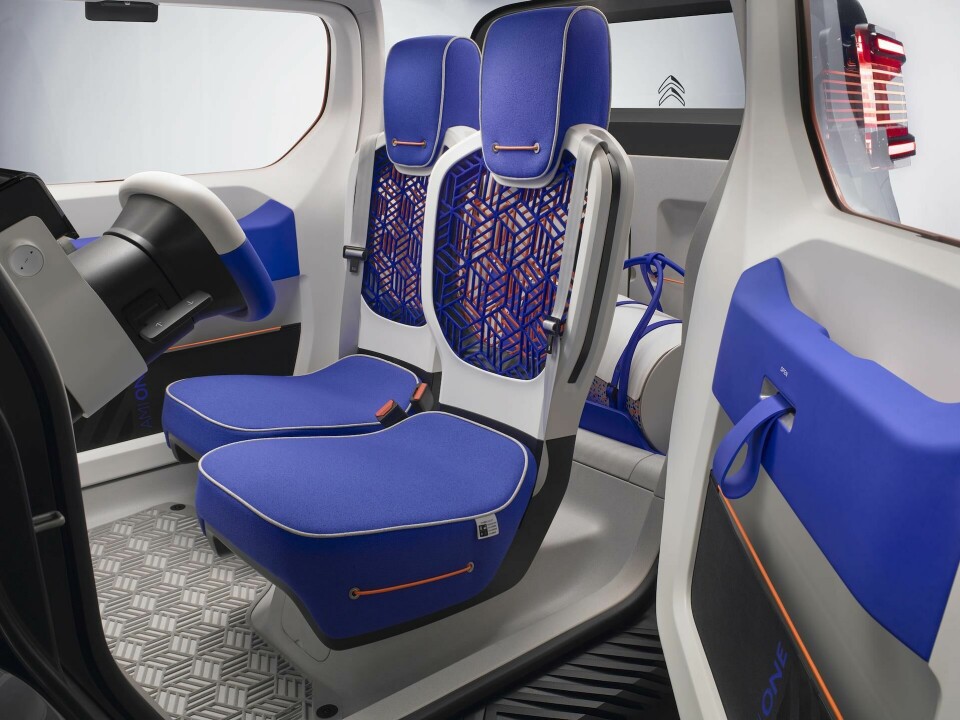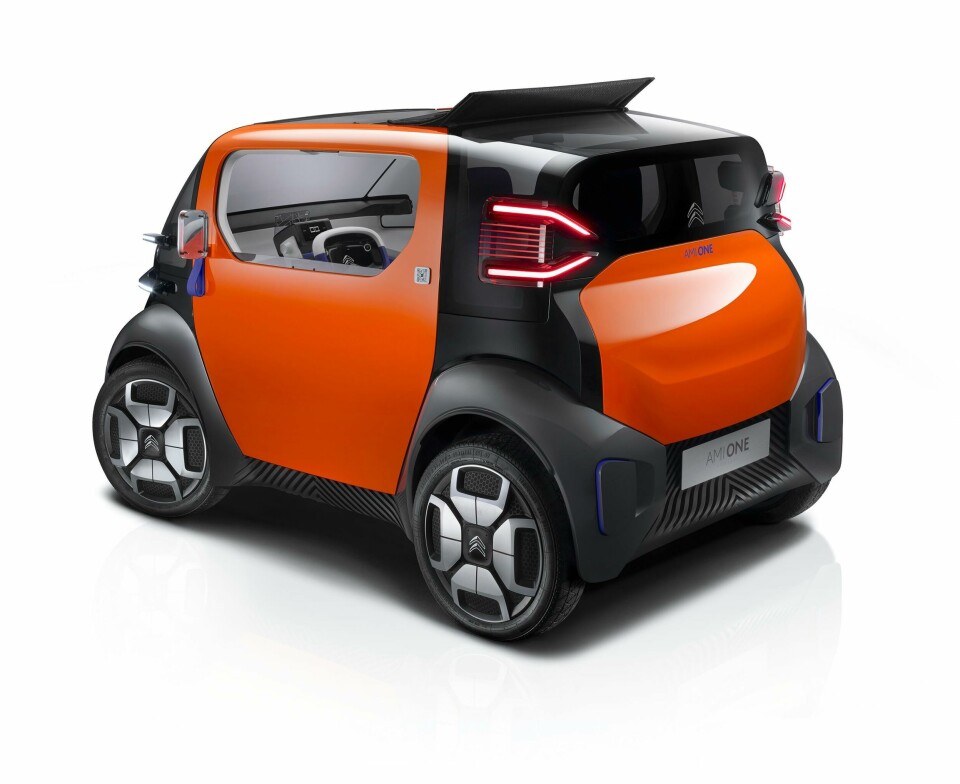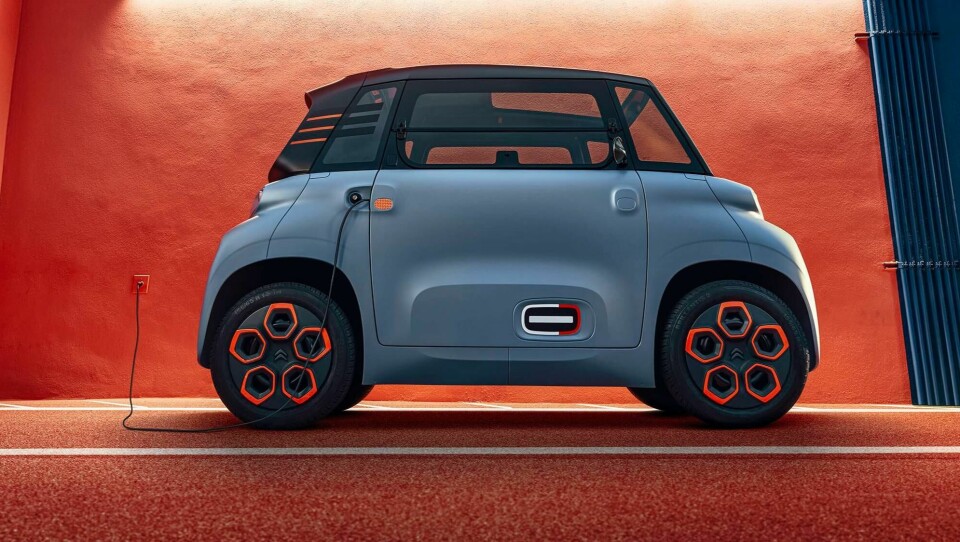
Are ’quadri-mobiles' the future of small cars?
Citroën’s Ami revives compact design

Over the last ten to fifteen years, a combination of more rigorous regulatory demands and increasing customer expectations conspired to create the finest superminis ever made. One look at cars like the Volkswagen Up or the latest Hyundai i10 is enough to realise that buyers of entry-level models never had it so good.
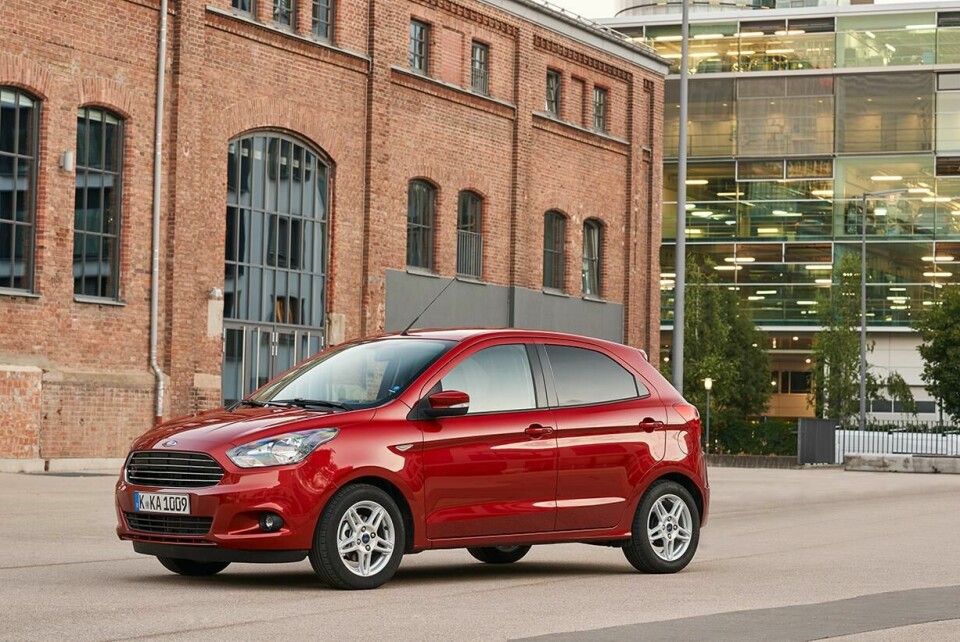
Yet in 2019, A-segment cars amounted to just 7,7% of European sales, down to roughly 1,21 million units. In a market sector with razor-thin margins, that’s not a lot of cars, once you divide the cake between the various nameplates: the old industry adage that small cars make little profits has probably never been truer than now.
The reason is simple: minicars nowadays aren’t significantly cheaper than their larger counterparts, neither to build nor in the showrooms, and electrification is only exacerbating the issue.
Unsurprisingly, the number of nameplates in the A-segment dwindled in the last few years, and some of the remaining models are on borrowed time.
Yet demand for affordable automobility can’t have withered away, given salaries in the EU have been stagnating for a decade, while the cost of living certainly hasn’t. That’s the reason why the launch of the Citroën Ami is perhaps one of the most interesting recent developments in the automobile industry.
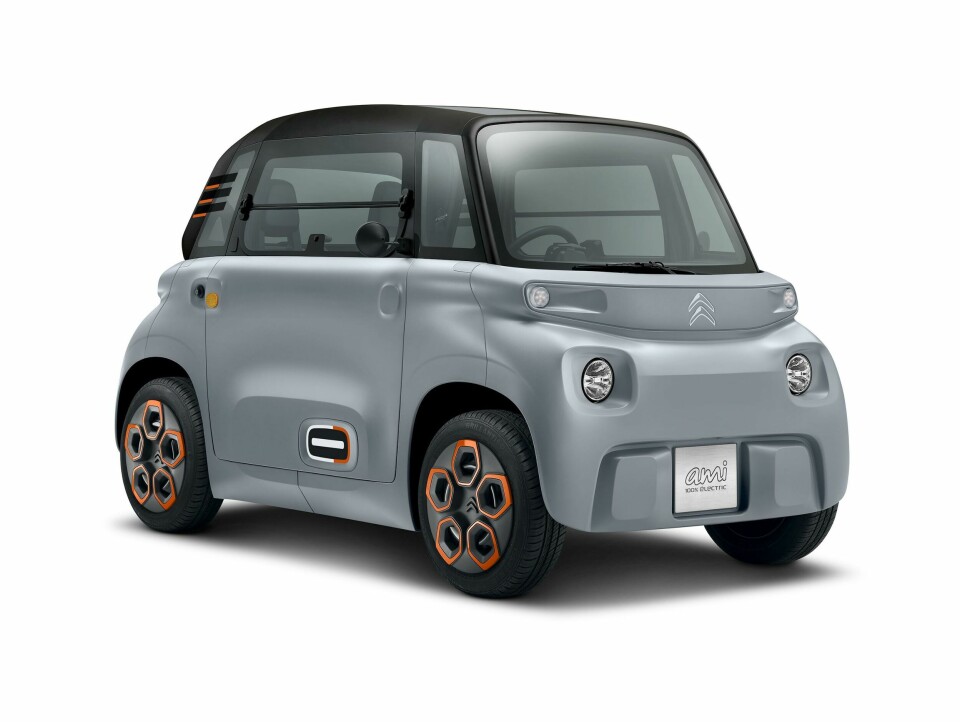
Except “automobile” may not be the most appropriate word in this case, as the Ami is a “light quadri-mobile.” Automobile manufacturers have been shunning this vehicle category since time immemorial, at least until the cheeky Renault Twizy came along. But initiatives like the Citroën Ami could generate new interest in these vehicles, as they may be the best answer to the affordable urban mobility problem.
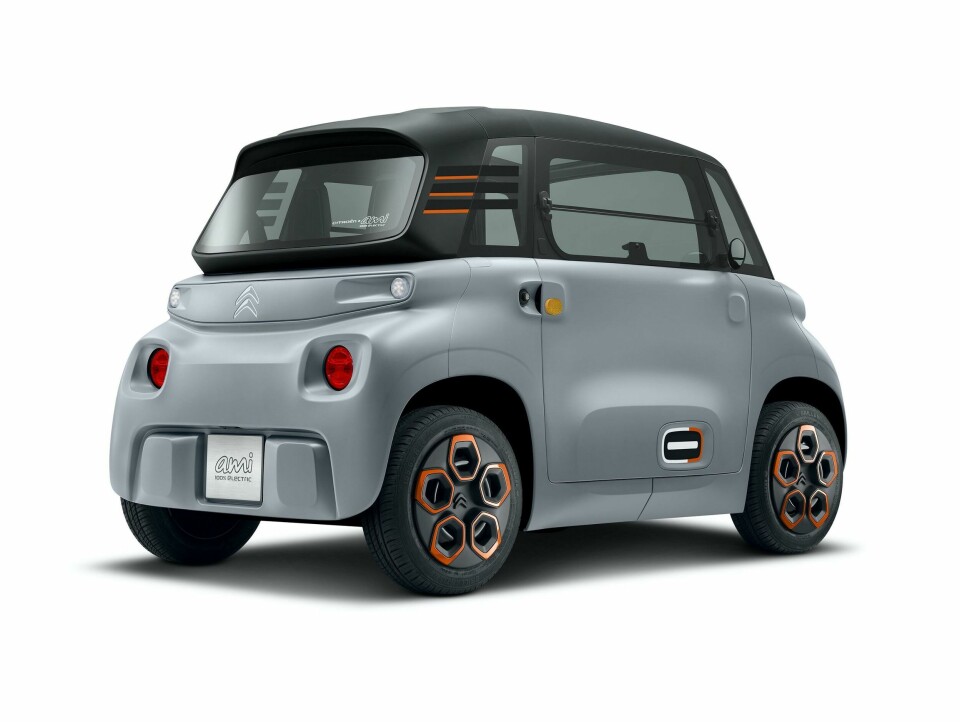
These vehicles, whose top speed must be limited to 45 Km/h, are small and lightweight by law, as their length can’t exceed three metres, and their weight is limited to 425kg. Such limitations have a knock-on effect on all the vehicle’s components, which can be smaller, lighter, and cheaper, including the electric motors and the battery pack, which on the Ami is small enough that an ordinary power socket is all it needs to charge. The result is an urban runabout that can retail for a bargain-basement price, affordable for pretty much everyone: perhaps the closest Citroën has ever been to offer a 2CV successor.
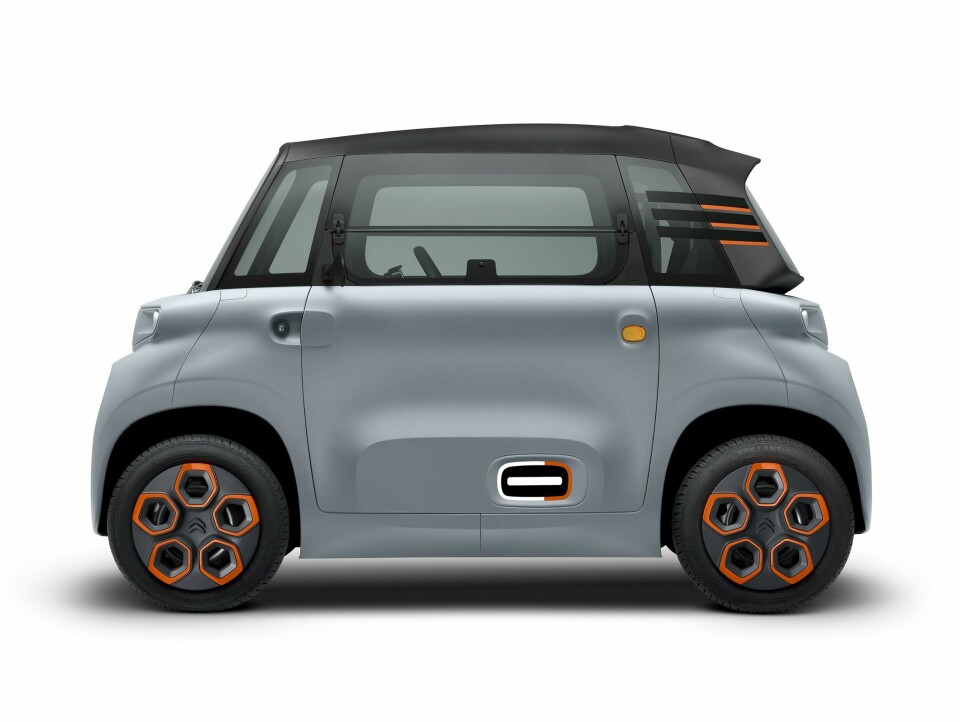
While the side windows design of the Ami is an obvious nod to its illustrious forebear, the Citroën designers successfully adapted its minimalistic approach to the stringent size and weight limitations that define the “quadri-mobile” category.
On the outside, the little Citroën is characterised by the clever use of symmetrical body panels, an idea that’s been a “designer’s fetish” for years but has yet to see widespread adoption. Former Pininfarina design legend Leonardo Fioravanti made these into a hallmark during the 1990s when he proposed several “modular” show cars, the most famous being the “NYCE” from 1996.
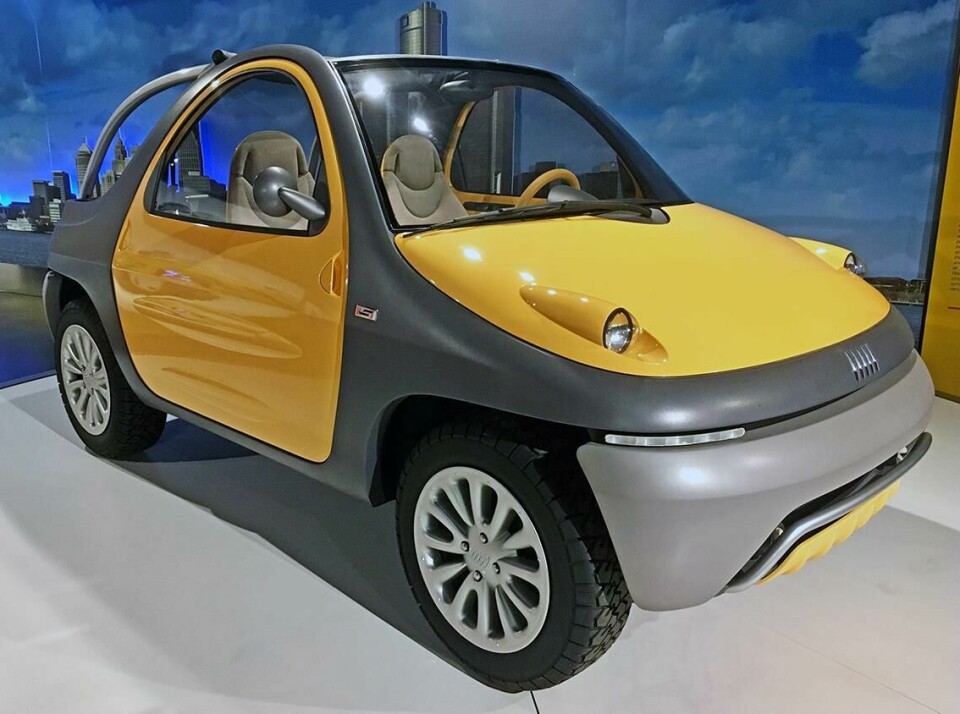
The area where the Citroën design team could perhaps have been more adventurous is the interior, where the usual drab gray of automobile plastics could have left some space to translucent elements, for example, taking inspiration from sneakers design.
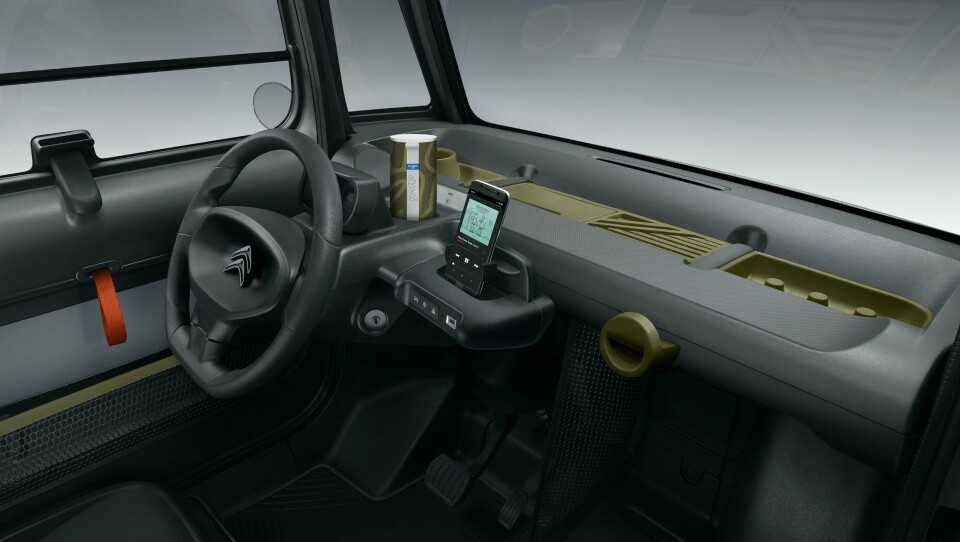
The Ami’s dashboard is refreshingly clean and straightforward, mostly because the “quadri-mobile” category allowed the French manufacturer to take some liberties.
As the cabin of the Ami is small by law (no more than two seats and a vehicle width of 1.5 metres), the HVAC system can be reduced in size and simplified, even doing away with the air vents, leaving just the defroster in place. The dashboard’s volume could then be significantly reduced, given there is no passenger airbag (airbags aren’t required). Coherently with the vehicle’s minimalistic ethos and the young buyers it targets (“quadri-mobiles” can be driven at 14 in France), the dashboard of the AMI houses the best “infotainment” system currently available: its driver’s smartphone.
The doors of the Ami don’t have handles on the inside, substituted by an orange strap: a feature we’ve already seen on expensive “lightweight” versions of high-performance cars, but on the Ami this feature looks more “honest,” decidedly more coherent with the vehicle’s “ethos.”
But what’s perhaps most significant for the industry as a whole, is that “quadri-mobiles” may open a new field for design experimentation, a chance for automakers to play with a new vehicle format, while offering a realistic, common-sense solution to affordable urban mobility. The launch of the Ami reminds us that not all EVs need to do 300km on a charge, accelerate so vigorously to snap one’s neck, and retail for over 50.000 Euros.

Citroën’s lead into the “quadri-mobile” market brings with it the possibility to get teenagers interested in vehicle ownership again, by offering something affordable yet desirable. After all, it’s hard to be particularly attracted by cars if the costs associated with purchase and ownership negate the automobile’s century-old promise of freedom.
Gallery: Citroën Ami One concept from 2019
Sources:
https://carsalesbase.com/european-sales-2019-minicars/
https://www.etuc.org/en/pressrelease/workers-6-eu-countries-worse-10-years-ago
